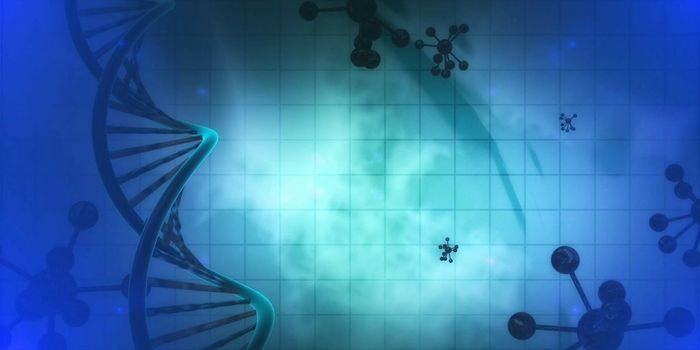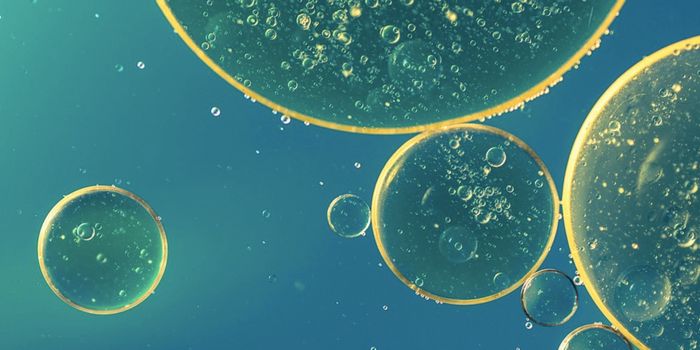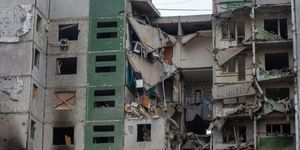Not all Childhood Kidney Cancers Respond to Neoadjuvant Chemotherapy the Same
Wilms tumors (also called Wilms’ tumors or nephroblastomas) represent a type of childhood cancer that develops in the kidney. These tumors account for about 90% of kidney cancers in children. Typically, a Wilms tumor only affects one kidney (unilateral), but in about 10% of cases, both kidneys develop tumors (bilateral).
Pathologists evaluate the cancer cells in Wilms tumors to categorize them into two groups. Most Wilms tumors fall into the favorable histology category. The cancer cells appear slightly abnormal but have not become anaplastic, where cells have lost their structural and functional capacities and rapidly proliferate. However, about 10% of Wilms tumors have anaplastic histology, where the cells look very abnormal with enlarged nuclei. Anaplastic tumors become much more challenging to treat than those with favorable histology.
Standard-of-care for bilateral Wilms tumors includes chemotherapy to shrink the tumor, followed by surgery. This type of chemotherapy, referred to as neoadjuvant, increases the chances of preserving the kidney by reducing the size of the tumor, thus making the surgical procedure less challenging.
Understanding why certain tumors fail to respond to neoadjuvant therapy could significantly improve outcomes for the most challenging Wilms tumors cases. To address this clinical challenge, a team of researchers initiated a retrospective study to evaluate whether chemotherapy response correlated to histology. The researchers recently published their findings in the Journal of the National Cancer Institute.
The researchers considered bilateral Wilms tumor cases in which the patient had surgery at St. Jude Children’s Research Hospital between January 2000 and March 2022. During the study period, 68 patients met the inclusion criteria. The cohort of patients with stromal-predominant tumors was younger (average 18.8 months) than those with other subtypes.
In an effort to determine if histological components of a Wilms tumor could predict whether neoadjuvant chemotherapy would shrink the tumor, the researchers evaluated the biopsies performed on tumors that failed to respond to the neoadjuvant chemotherapy. The researchers assessed the biopsies for the composition of histological features, including stromal, epithelial, and blastemal.
The researchers found that stromal-predominant tumors most commonly failed to respond to neoadjuvant chemotherapy. Tumors enriched with stromal components had the most significant impact on young patients under 18 months of age. The analysis revealed that the stromal-predominant histology predicted 85.7% of patients under 18 months of age whose tumors grew following neoadjuvant therapy.
The researchers suggest that researchers should start considering alternative neoadjuvant approaches for patients with stromal-predominant Wilms tumors. This study introduces a need for future work exploring different types of chemotherapy or additional treatment schedules that may prove effective in this subtype of Wilms tumor.
Sources: JNCI, Wilms Tumor









